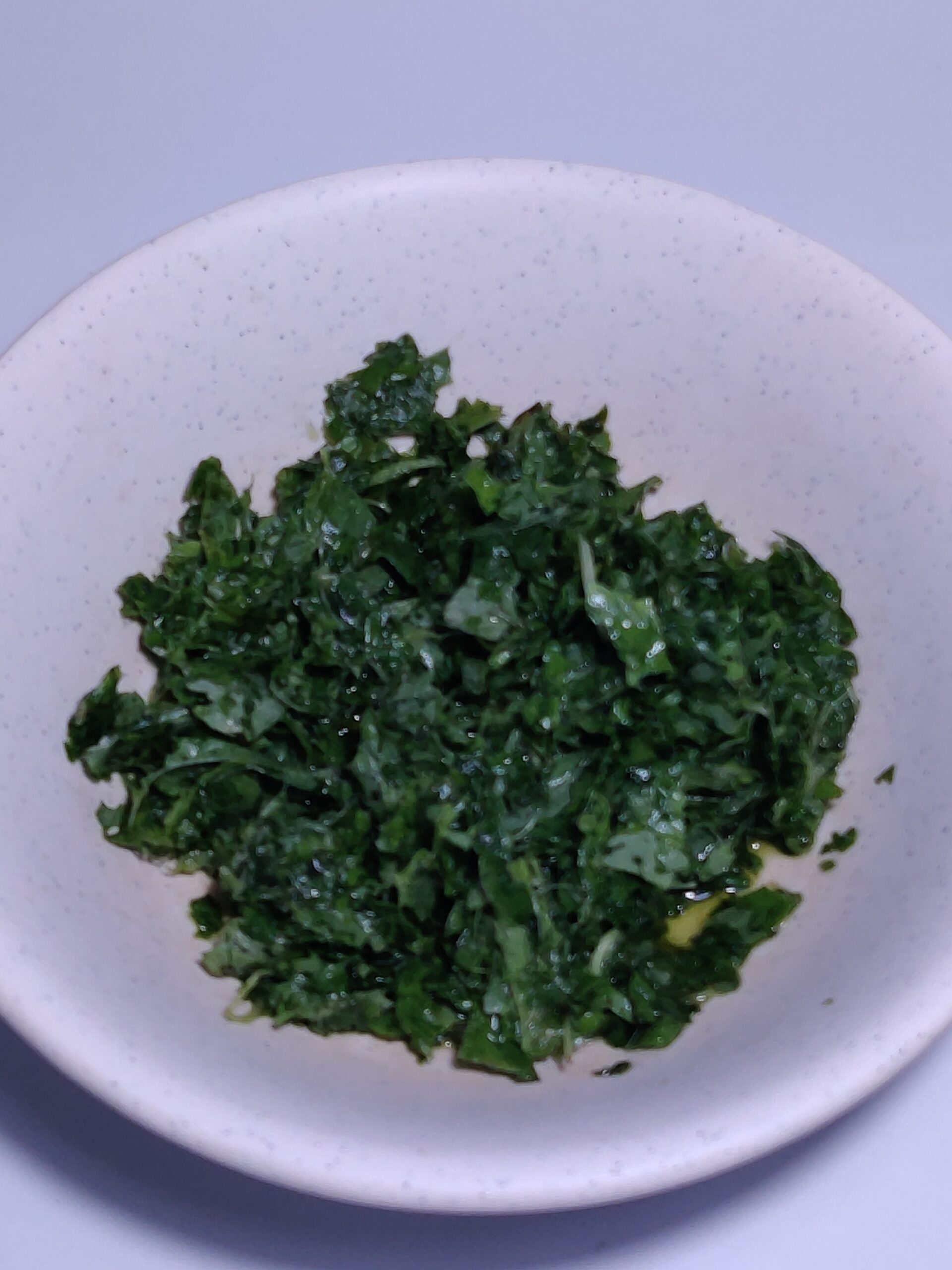Have you ever wished you could customize the color of a white flower to match a specific theme or vision? It’s possible!
Whether you prefer a quick spray, a vibrant dip dye, or the fascinating process of stem absorption, there are multiple methods to transform those pristine white petals into the hue of your dreams.
Let’s explore these options and even observe an experiment comparing natural versus artificial food coloring for flower dyeing.
How to Custom Color White Flowers
Floral Spray:
-
- Description: Instantly change the color of white petals with a simple spray.
- Instructions: Hold the can at least 18 inches away from the flower and spray evenly. Allow to dry for 5-10 minutes.
- Coverage: A 12 oz can typically covers a medium to large bouquet, depending on the desired intensity of color.
- Cost: Around $10 per can.
- Colors: Available in a wide variety of shades.
Floral Dip-Dye:
-
- Description: Immerse the flower petals in a dye solution for a more saturated and long-lasting effect.
- Materials: Fabric dye (powder or liquid) or liquid food coloring, water, and a container.
- Instructions:
- Prepare the dye solution according to the instructions on the packaging or by mixing food coloring with water.
- Dip the petals into the solution, allowing excess liquid to drip off.
- Let the flowers dry completely.
- Customization: Experiment with different dye concentrations and dipping times for varying levels of color intensity.
Stem Absorption:
-
- Description: Utilize the natural capillary action of the stem to draw colored water up into the petals.
- Materials: Water, food coloring (artificial or natural), and a container.
- Instructions:
- Fill the container with water and add a few drops of food coloring.
- Place the flower stem in the colored water and let it sit for several hours or overnight.
- The petals will gradually change color as the dye is absorbed through the stem.
Flower Dyeing Timelapse: Natural vs Artificial Food Color
In this experiment, we tried to modify the flower’s petal colors using natural food coloring derived from fruit and some veggies instead of the usual artificial food coloring.
Main Materials:
- Test Tubes (12ml)
- White Rose
- White Chrysanthemum
- Red Cabbage
- Ripe Mango
- Spinach
- Purple Food Color
- Green Food Color
- Yellow Food Color
All flowers were cut to about 7 inches in length (from the top of the bud to the tip of the stem). The test tubes were filled with about 80-85 percent of the coloring to give room for the weight of the flower.

Extracting the Natural Food Color of a Red Cabbage


Even though it’s called red cabbage, this tasty salad ingredient gave us a nice purple color after extraction.
The cabbage was cut into strips, placed in a medium-heat pan, and then slightly covered with water. After about 10 minutes of boiling, we ended up with a nice thin purple liquid. A half teaspoon of baking soda can be added to change the color to blue. This extract will go against the full strength of the purple artificial food color.
Extracting the Natural Food Color of a Spinach


We used a food processor with about 15 ml of water to finely chop the Spinach. Then it’s a test of grip strength to squeeze the green extract out of the leaves.
It has the same consistency as the purple liquid, only it has small bits of leaves. This extract will go against the full strength of the green artificial food color.
Extracting the Natural Food Color of a Mango


We mashed and squeezed these mango chunks until we got a decent amount of liquid. The consistency is thick. This extract will go against the full strength of the yellow artificial food color.
Floral Dyeing Timelapse
The purple test lasted for about 10 hours, while the green and yellow tests lasted for 12 hours. we felt we needed to add more hours so the flowers could have more time to absorb the fluids.
You’ll notice that both the natural and artificial colors are being absorbed as the fluid levels change. But did they have the same effect?
Check the video below:
